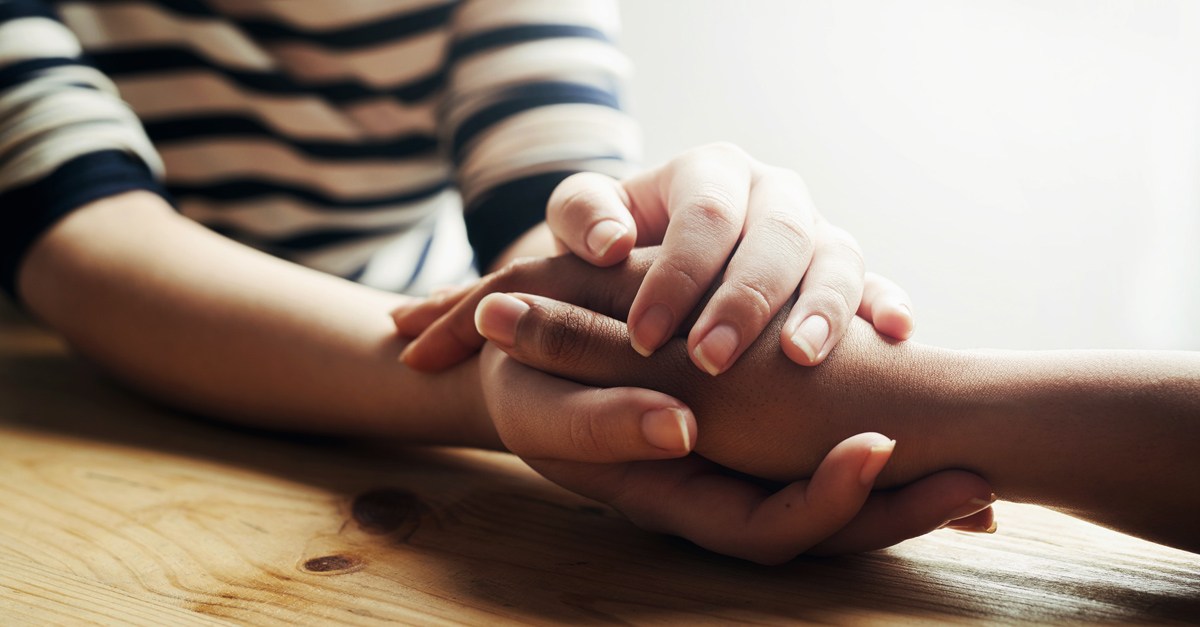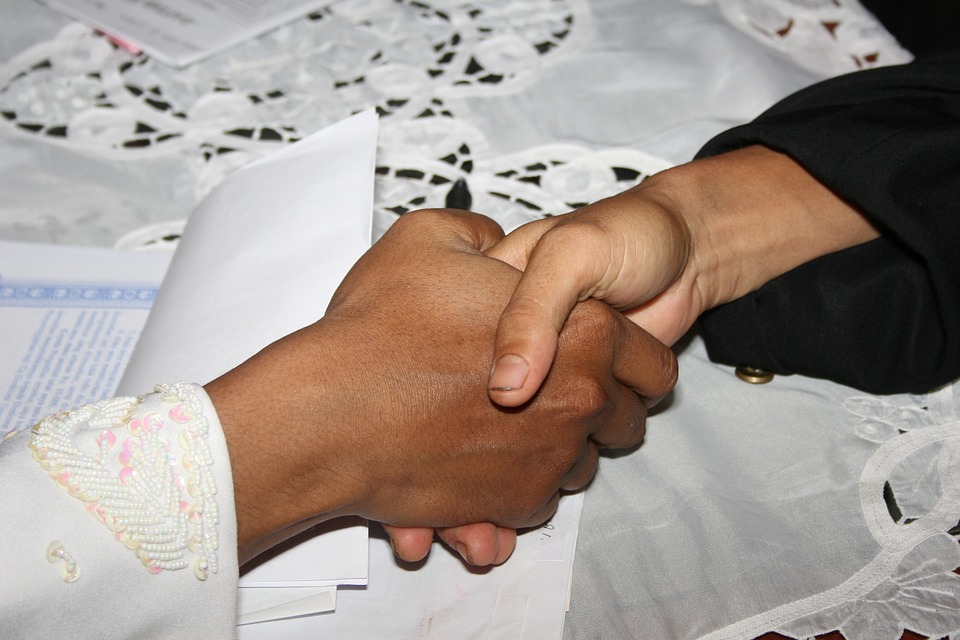To say my body doesn’t do well in the cold is an understatement. When the temperature drops, my fingers freeze, and often turn deep red, followed by white. On especially exciting days, they’ll look a little blue. “Cold hands, warm heart,” my mom used to tell me.
Growing up in sunny Southern California, this rarely happened—mostly just on ski trips or when I’d spend too long in the ocean. (Yes, I realize how obnoxious that sentence is.) But when I moved to New York for college five years ago, my blue hands became a winter mainstay. I’d never lived in a cold climate, so I assumed this happened to everyone in frigid weather.

Turns out I assumed wrong. On a trip to Chicago to visit extended family this past Thanksgiving, I went for a walk and returned to my aunt’s house with my signature blue fingers. “Oh, you must have Raynaud’s,” my aunt said. I must have what?
Naturally, I headed back to New York with a lot of questions, so I called up Melisa Lai Becker, MD, site chief of emergency medicine at Cambridge Health Alliance in Everett, Massachusetts. Dr. Lai Becker described my experience as “the classic vignette that would open a textbook chapter on Raynaud’s disease.” (By the way, it’s pronounced ray-NOHZ.) So if you’re concerned you might also have Raynaud’s, here’s some info and advice from Dr. Lai Becker to help you (and me) out.
Raynaud’s symptoms
“The average person can go into chilly weather and get by without gloves, their fingers would just get a bit cold,” says Dr. Lai Becker. But someone who has Raynaud’s has a much more extreme reaction. “If you touch their hands, you can tell the difference,” she explains. “Even in a moderately cold environment, they have white, ice-cold hands.” In addition to getting cold, if you have Raynaud’s, your hands might turn white, then blue, and red when you start warming up again. But not everyone with Raynaud’s exhibits all three colors, or in that exact order. You might also experience these symptoms in other extremities including your ears, nose, lips, and even nipples (cringe!).
If you notice any of these symptoms, even simply getting cold and painful fingers, Dr. Lai-Becker recommends you see your doctor and possibly get a referral to a rheumatologist. A doctor will help you determine whether you have primary Raynaud’s (the most common type), or secondary, meaning it’s brought on by another condition.
Raynaud’s disease causes
For primary Raynaud’s, genetics likely play a role. According to the Mayo Clinic, about one-third of people with primary Raynaud’s (the most common type) have an immediate relative with the disorder. Although anyone can develop the disease, Raynaud’s is “overwhelmingly more common with women and generally first discovered in adolescence,” explains Dr. Lai Becker.
But for cases of secondary Raynaud’s (also called Raynaud’s phenomenon), the National Heart, Lung, and Blood Institute says there’s usually an underlying cause such as nerve damage, injuries to hands and feet, exposure to certain chemicals, repetitive stress (like typing or playing the piano), medicines that affect blood pressure, or nicotine. Secondary Raynaud’s is less common, and doesn’t usually appear in adults until after age 40. However, since it tends to be a more serious condition, it’s important to see your doctor if you notice symptoms of the disease later in life.
Why does Raynaud’s make my hands turn blue?
Why the heck do you turn into a blueberry when it’s cold? “No one’s been able to say for sure what causes it,” says Dr. Lai Becker. “But we know one thing: Cold can trigger the closing up of blood vessels.” If you have Raynaud’s, the arteries to your fingers and toes go into vasospasm—which means your blood vessels narrow and limit blood supply to affected areas, explains Dr. Lai Becker. Chilly temperatures generally trigger this phenomenon, whether that’s in the form of cold air or icy water. However, according to Dr. Lai Becker, doctors have also found an attack can be caused by emotional stress or hormonal changes.
Is Raynaud’s dangerous?
For the most part, Raynaud’s isn’t a huge concern, says Dr. Lai Becker, but it does increase your risk for frostbite. “Another thing that could happen is spasms,” she explains. “You have these tiny little blood vessels in your fingertips, and if they start to spasm, that makes it difficult for blood to get to your extremities.” This could result in sores or dead tissue. It’s also possible that blood circulation to your fingers and toes could stop entirely, leaving deformities. But don’t freak out—these conditions are extremely rare. But if for some reason they do occur, it’s important to seek treatment from your doctor immediately.
Raynaud’s disease treatment
There are plenty of treatment options available, depending on the cause and severity of your Raynaud’s. “If it happens to be the primary problem, it’s not that big of a deal,” says Dr. Lai Becker. “It’s very manageable and there’s certainly medications you can take.” You can try anything from medications that widen blood vessels to nerve surgery to Botox injections. But for the most part, Raynaud’s is manageable without extreme treatment. “The best way to cope with it is to avoid a trigger, which is generally a change to cold weather,” says Dr. Lai Becker. “Plus, getting yourself a reallygood pair of gloves is essential!”
Since I don’t have plans to move back to sunny California in the near future, here are the next two things on my to-do list: schedule an appointment with my doctor and invest in a hefty pair of mittens. Who’s with me?

